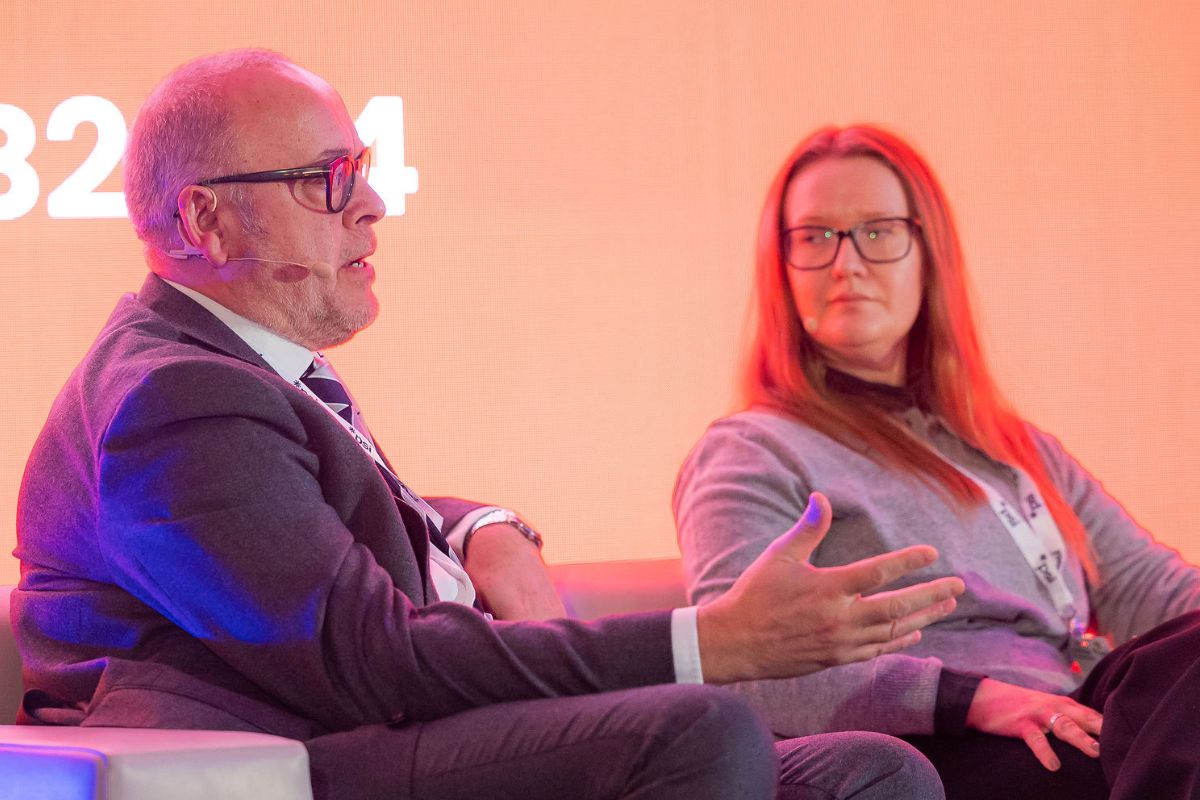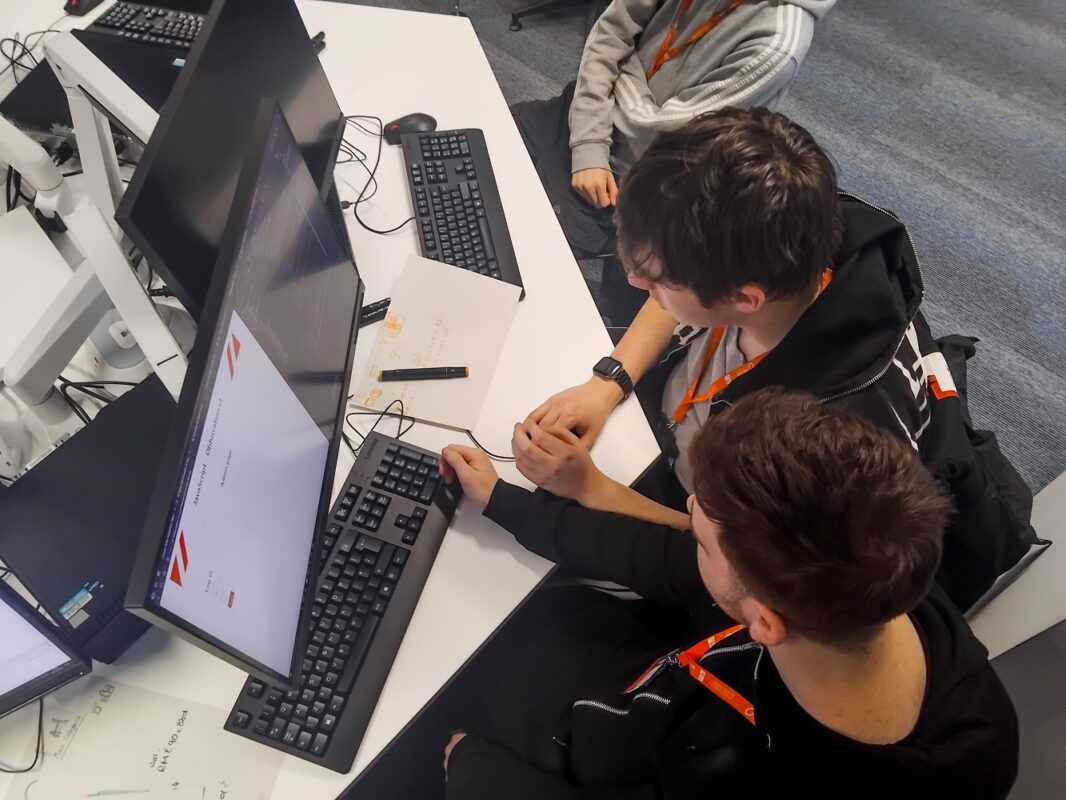#EdTech reaping the rewards of digital, but security disconnect is forming…

EDUCATION SECTOR REAPING THE REWARDS OF THE DIGITAL WORKPLACE, BUT A SECURITY DISCONNECT IS FORMING
Employee study reveals the education sector is investing in smart workplace technology and seeing better productivity, skills and wellbeing, but risky behaviour is opening up potential threats
Employees in the education sector are reporting greater productivity, wellbeing and the development of new skills as a by-product of the introduction of digital technology, according to a global study from Aruba, a Hewlett Packard Enterprise company.
Our study of 1,096 employees revealed what those in the education sector, both independent and state schools, want and expect from technology, how they rate the performance of their workplaces, and what the priorities for investment should be going forward, as institutions face up to the opportunities and challenges of becoming a digital workplace.
Key Themes and Findings Include:
- Investment leads to improvement: Two-thirds (64%) of education employees revealed that tech investments had been made in the last year, improving connectivity and allowing staff to conduct their jobs more efficiently. These investments also looked to be paying off: Over seven in ten (74%) reported increased productivity, as well as greater staff well-being (65%) and the opportunity to develop new skills (74%).
- Education of the future: Nearly half (45%) of respondents working in private education believe digital technologies are helping foster better collaboration among team members, while state education employees see it as a means to simplify tasks so they can accomplish more during the day (43%). With this in mind, the sector’s desire for more automation within the workplace is perhaps unsurprising – more than two-thirds (68%) of employees across both state and private education agreed that automating tasks would be beneficial for the future of work.
- A security disconnect emerges: A worrying disconnect is forming among employees between their understanding of the importance of security but willingness to take risks. Just under half (49%) of education employees admit they rarely (if ever) think about cyber security, despite 91% acknowledging the importance of cyber security when questioned. In addition over three-quarters (76%) believe there is room for improvement in the way connected tech is managed and controlled.
The road to a smarter, secure classroom
Jonathon Hickey, Operations Director at Crofton School, recently implemented a new wireless network across the school:
“Staff are more productive, they can move from class to class without their connection dropping,” he said. “Before, we were limited to three to four classrooms with strong enough wireless connectivity, but now we can turn any room into an IT suite.”
In regard to technological innovation, Hickey is optimistic for the future:
“We’re just at the tip of the iceberg. The challenge we currently face is to not be content with what we have, but to push ourselves to investigate what other technological innovations we can implement in order to improve the way we teach. Of course, it can be hard for any educator to find the time to think about improvements, but by streamlining processes and enabling a more digital workplace, we can drive greater efficiencies which will free up space in the day to innovate and try new things.”
According to Simon Wilson, CTO, UK & I, at Aruba, the education industry has the opportunity to evolve the way teaching is conducted, using enhanced technology in a secure way.
He said: “Educators have only just scratched the surface when it comes to tech implementation. Many are seeing improvements and greater efficiency through better wireless connectivity alone but there is so much more they can do – particularly if they want to match the IT experience most children have today at home.
“Now that many institutions have invested and built the digital foundations, they have an opportunity to take advantage of children’s natural enthusiasm for using IT and really innovate and challenge the traditional way of teaching. In order for teachers to be able to do so, however, they can’t be shackled by the fear of cyber risk. By implementing automation technology it will provide the assistance and protection educators need to push themselves further.”
A CARTA approach to security
An autonomous approach to security is increasingly becoming an imperative as mobile and remote working becomes the norm.
This new paradigm creates the need for smart digital workplaces that deliver secure and reliable, optimised and personalised experiences that will foster employee creativity, collaboration, and speed, without clunky security systems causing barriers.
To succeed, Gartner has recommended a Continuous Adaptive Risk and Trust Assessment (CARTA) approach to security which leans heavily on AI, Analytics and Automation to embrace the opportunities and manage the risks of digital business. This leads to a more productive and more motivated employee, with a greater sense of job satisfaction.
To what extent are you prioritising security within your workplace? Take the Digital Workforce IQ assessment to find out.
Research methodology
A total of 7,000 employees were interviewed in April and May 2018 by Vanson Bourne, an independent specialist in market research for the technology sector.
The respondents were from organizations of all sizes, across both public and private sectors, with a focus on the industrial, government, retail, healthcare, education, finance, and IT/technology/telecommunications sectors.
Interviews were conducted both online and via telephone using a rigorous multi-level screening process to ensure that only suitable candidates were given the opportunity to participate.
Respondents were interviewed in the United Kingdom, Germany, France, the Netherlands, Spain, United Arab Emirates, the United States, Singapore, Japan, Australia, India, Brazil, Mexico, China and South Korea.
About Aruba: A Hewlett Packard Enterprise company, is a leading provider of next-generation networking solutions for enterprises of all sizes worldwide. The company delivers IT solutions that empower organizations to serve the latest generation of mobile-savvy users who rely on cloud-based business apps for every aspect of their work and personal lives.











Responses